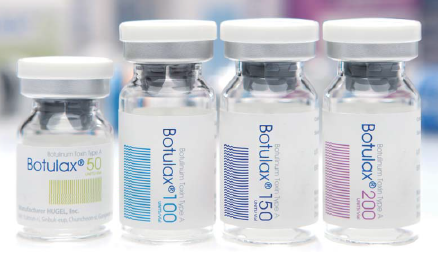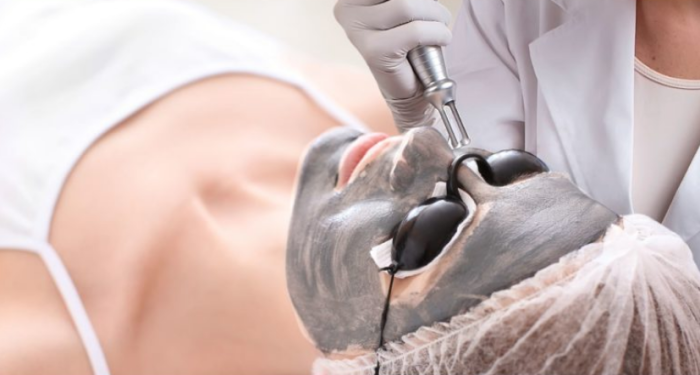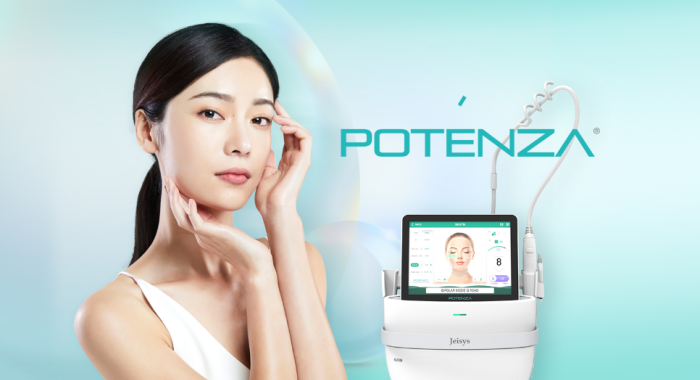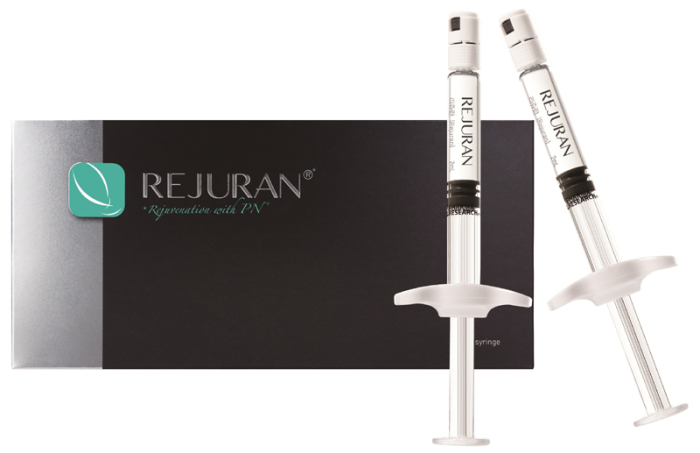Medical cosmetics
Korean medical cosmetics firms make big rebound in Q1
Makers of aesthetic laser devices, botox products and dermal fillers all see revived sales
By May 24, 2021 (Gmt+09:00)
2
Min read
Most Read
LG Chem to sell water filter business to Glenwood PE for $692 million


Kyobo Life poised to buy Japan’s SBI Group-owned savings bank


KT&G eyes overseas M&A after rejecting activist fund's offer


StockX in merger talks with Naver’s online reseller Kream


Mirae Asset to be named Korea Post’s core real estate fund operator



South Korean medical cosmetics companies that underwent a tough year in 2020 are posting rejuvenated earning results thanks to the rise in demand in Europe, Southeast Asia and the US.
Analysts say that as more people are getting vaccinated globally and are showing a renewed interest in cosmetics, the Korean makers of cosmetic medical devices and aesthetic botulinum toxin (botox) will likely report record-high earnings throughout 2021.
According to industry sources, Korea’s major companies in the field have reported 30-50% revenue growth in the first quarter of 2021 from the last year’s same quarter.
COSMETIC MEDICAL DEVICES
A leading aesthetic laser device maker Lutronic Corporation generates around 80% of its revenue from exports. Its key range of products includes Hollywood Spectra, Clarity and Lutronic Genius, the laser devices which are used to improve skin elasticity and provide wrinkle care.
The company’s second-quarter revenue last year was gravely hit by the pandemic, recording a negative growth of 35% to 18.6 billion won ($16.5 million), with its export volume having shrunken to a level one-third of a typical quarter.

Lutronic’s revenue started to bounce back starting from the fourth quarter of 2020, after many European countries and the US have started launching vaccination programs. The fourth-quarter revenue marked 39.8 billion won ($35.3 million) and this year’s first-quarter revenue also posted a positive earnings surprise of 31.8 billion won ($28.2 million).
“Our industry’s peak seasons are usually the second and fourth quarters of the year, when there are long holidays. It is rare to record a revenue more than 30 billion won ($26.6 million) in the first quarter,” said a company spokesman.
Lutronic Corporation’s operating profit in the first quarter also marked 3.2 billion won ($2.8 million), making a turnaround from a net loss.
The story is not too different for Jeisys Medical Inc. Jeisys is the maker of the radiofrequency (RF) micro-needling device Potenza, used for skin treatment. The company also posted a 30% growth in revenue in the first quarter in 2021 compared to that of the same period last year, to 18.3 billion won ($16.2 million)

BOTOX & DERMAL FILLERS
The country’s manufacturers of botox and dermal fillers are also reviving.
South Korea’s botox and dermal fillers market leader Hugel Inc. posted a revenue of 63.8 billion won ($56.6 million), up 54.4% from the same period last year, driven by more than 80% increase in exports to Thailand and Latin American countries.
Pharma Research Products Co.’s filler brand Rejuran is also enjoying steady growth in both 2020 and 2021. Rejuran’s first-half revenue last year recorded 25.1 billion won ($22.3 million) thanks to the rise in domestic demand, and the first-half revenue this year will see more than 30.0 billion won ($26.6 million) according to analysts.

The Korean companies have also shared plans to expand globally this year into the next year. LG Chem Ltd. will be exporting its Yvoire filler to the Middle East and Southeast Asia by 2022.
Hugel, the first Korean company to have entered China’s botox market last year will also start full operation in the country starting from this year.
Write to Sun A Lee at suna@hankyung.com
Daniel Cho edited this article.
More to Read
-
 Monthly Infographic: Korean cosmeticsK-beauty boom makes S.Korea the fourth-largest cosmetics exporter
Monthly Infographic: Korean cosmeticsK-beauty boom makes S.Korea the fourth-largest cosmetics exporterMay 06, 2021 (Gmt+09:00)
2 Min read -

-
 CES 2021Amorepacific unveils AI-based cosmetics technology at CES 2021
CES 2021Amorepacific unveils AI-based cosmetics technology at CES 2021Jan 12, 2021 (Gmt+09:00)
1 Min read
Comment 0
LOG IN


